Government Benefits for Having Children in Japan
Find Out What You're Entitled To Receive When You Have Little Ones
With financial incentives, free services and benefits on the horizon, Japan has parents with children covered from birth to high school.
If you’re thinking of having children, are pregnant, or already have little and not-so-little ones around the home, check out our overview of the benefits offered to families with children in Japan.
Japan’s population is shrinking, and the population crisis is often talked about in the news and political discourse. The birth rate has been falling for eight years in a row with 2023 registering a record low. According to a study by the National Institute of Population and Social Security Research, the country’s population of 126.15 million (2020) will decline by almost 20 million over the next two decades and dip below 100 million in 2056. Observers say the effects of such a drop will impact all aspects of Japanese society from the economy to social services. And that’s not even mentioning the current cost of giving birth here!
For decades, the Japanese government has been revising and creating childcare policies intended to ease this problem.
Financial Benefits
The Japanese government offers a variety of subsidies that begin right after giving birth. They then continue until children finish junior high school and, in many cases, high school.
Childbirth Lump Sum Allowance (出産育児一時金)
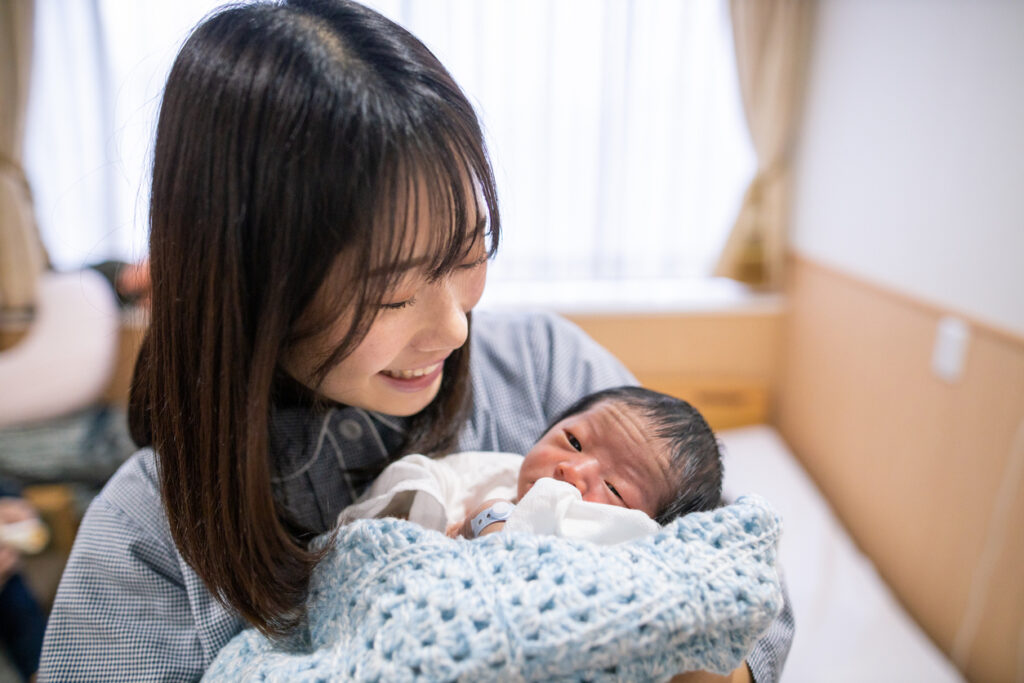 © Photo by iStock: Satoshi-K
© Photo by iStock: Satoshi-KChildbirth costs vary by medical institution. According to 2020 data, Tokyo was the most expensive, with an average of ¥605,000, and Kumamoto was the cheapest at ¥361,000. This doesn’t include additional costs such as private rooms and birth by C-sections. The childbirth lump sum allowance is only applicable if you are enrolled in the National Health Plan and reimburses almost the entire fee.
What do I get?
¥500,000 per childbirth
How do I get it?
Ask for more information at the medical facility where you will give birth. In many cases, the fee will be paid directly by the National Health Insurance without you having to be refunded.
Child Allowance (児童手当)
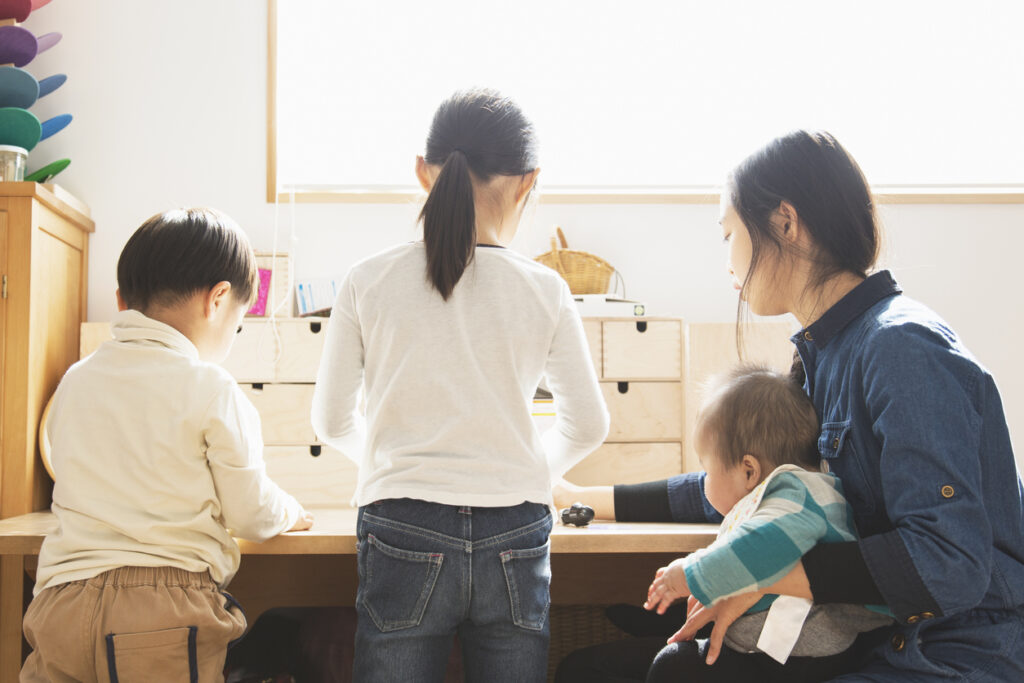 © Photo by iStock: kohei_hara
© Photo by iStock: kohei_haraThe child allowance provides monthly subsidies to parents with children from birth to March 31 after turning 15 years old. Everyone is eligible for the benefit, but parents with an annual income exceeding high-income thresholds may receive a reduced subsidy or even no subsidy. These payments are given out three times a year (June, October and February) and are intended to aid child rearing through to the end of junior high school.
What do I get?
- Child under three years old: ¥15,000 a month
- Child from three years old until the end of elementary school: ¥10,000 a month; Third-born child: ¥15,000 a month
- Child in junior high school: ¥10,000 a month
How do I get it?
Apply at your local ward office. To ensure that you begin to receive benefits as quickly as possible, it is recommended to visit the ward office within 15 days after the birth of your child.
Pediatrics Expenses Assistance (小児医療費助成)
 © Photo by iStock: key05
© Photo by iStock: key05From birth until the end of high school, your child’s medical fees will be subsidized.
What do I get?
- Until the end of your child’s third year, trips to the doctor will be free.
- From the start of their fourth year until the end of high school, visits will be ¥500 at most.
- As for being admitted to a hospital, this is free until the end of high school.
How do I get it?
Apply at your local ward office after the birth of your child.
Free Services
In addition to financial benefits, expectant parents and those who have just welcomed a new little one can access several free services offered by local governments. For more information specific to your city, check with your local ward office for a list of available free services. In the meantime, here are a few that are available nationwide.
Parenting Classes (母(両)親学級)
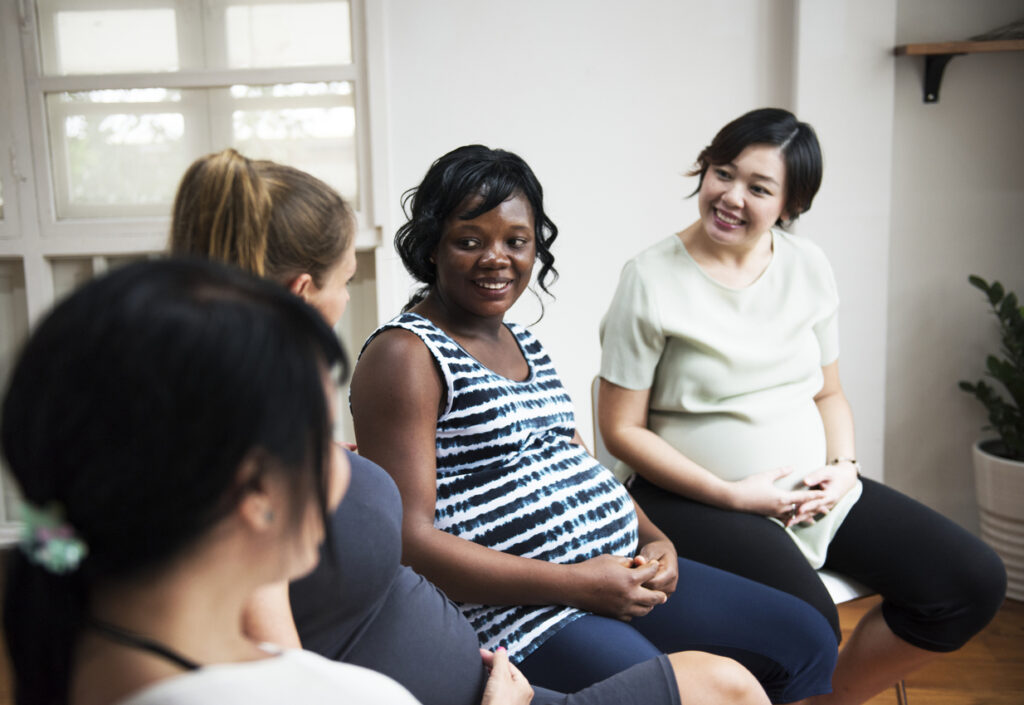 © Photo by iStock: Rawpixel
© Photo by iStock: RawpixelLocal governments and medical facilities often host information sessions for expectant and new parents. While some of these are aimed primarily at mothers, such as classes on breastfeeding and the delivery process, others are intended for both parents. Topics can range from nutrition and appropriate seasonal clothes to how to give your newborn a bath and stress management techniques.
Home Visit By A Healthcare Professional (妊婦訪問)
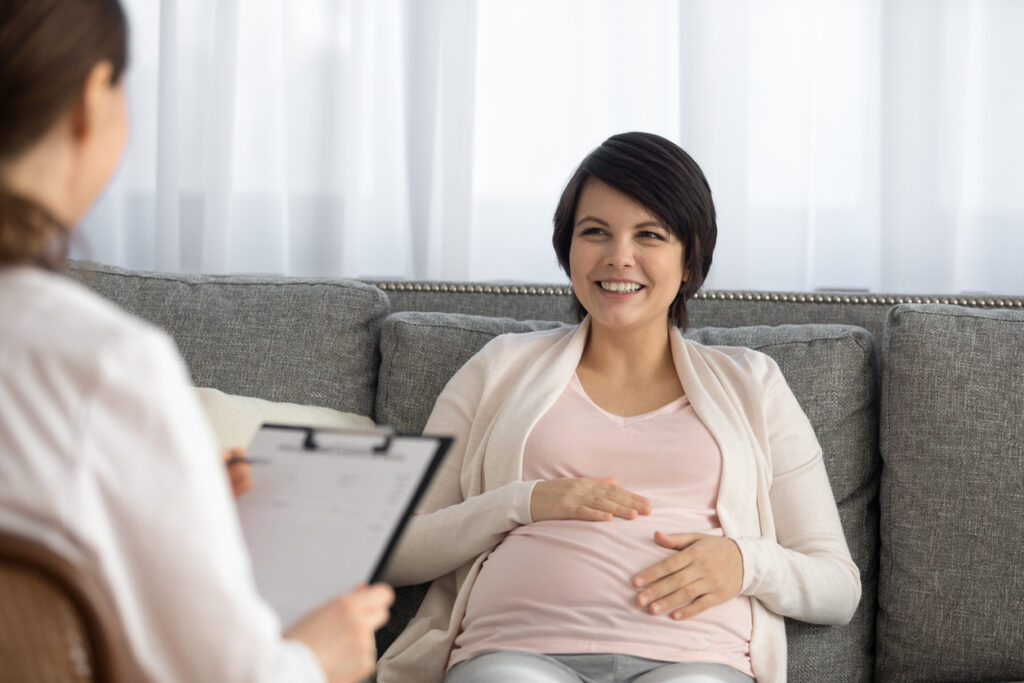 © Photo by iStock: fizkes
© Photo by iStock: fizkesDepending on where you live, you may be able to benefit from visits from a healthcare professional. This can be especially useful if you’re unable to make a trip to your hospital or clinic. Reasons why you may want to have a visit may include many of the same topics covered by the parenting classes listed above, including changes to your body as your pregnancy progresses and taking care of your newborn.
Newborn Home Visit (新生児訪問)
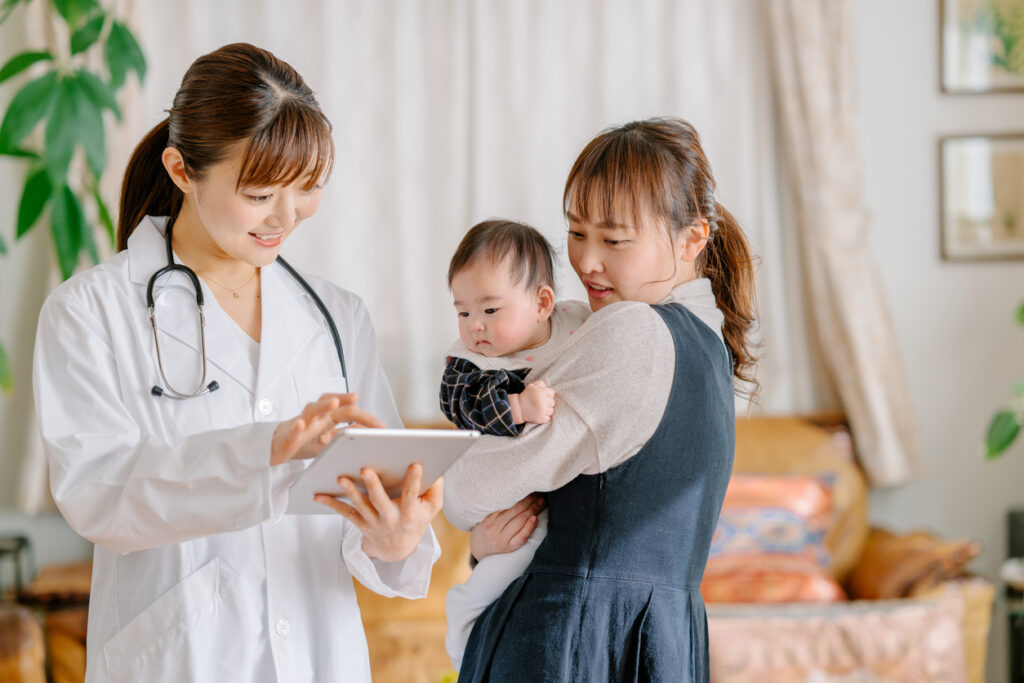 © Photo by iStock: recep-bg
© Photo by iStock: recep-bgWithin the first 28 days after giving birth, you’ll be visited by a healthcare professional. These visits are intended to give practical advice on nursing and newborn health. Also, this would be a good opportunity to ask any questions you may have.
Home Visit To All Households With Infants (乳児家庭 全戸訪問)
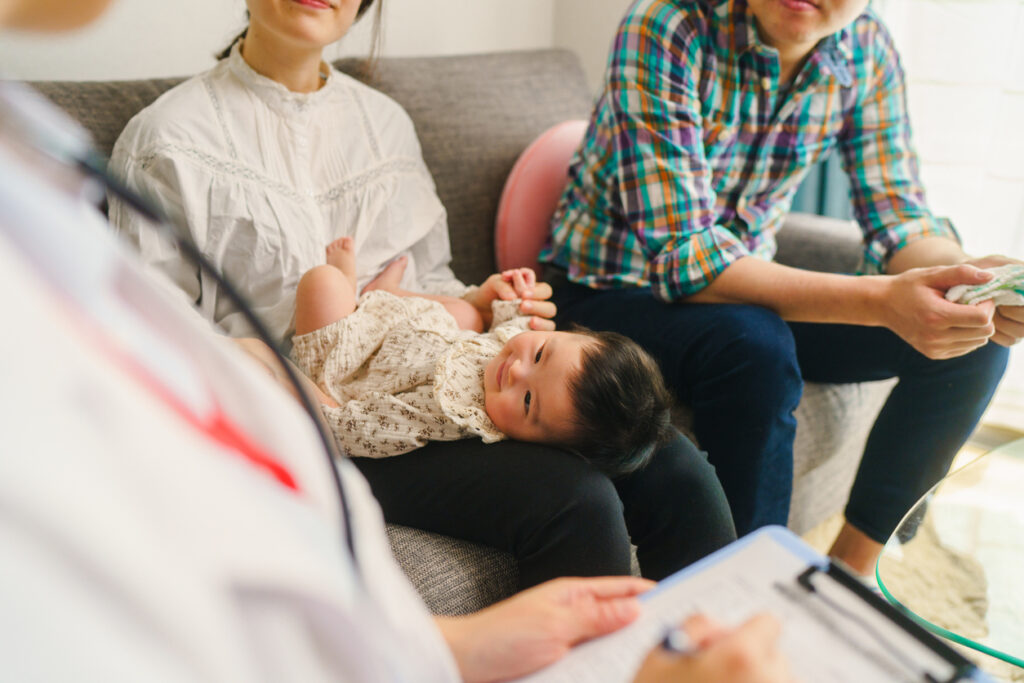 © Photo by iStock: recep-bg
© Photo by iStock: recep-bgScheduled four months after your child is born, you’ll receive another visit from a public healthcare worker. As with the newborn home visit, this is a check on how your new little one and parents are doing. Again, this gives parents a good chance to ask any lingering questions.
Future Plans
As Japan continues to grapple with demographic changes, the government will likely continue to work through plans to increase the birth rate. Here are a few ideas that the Kishida government is working on.
Changes To The Child Allowance System
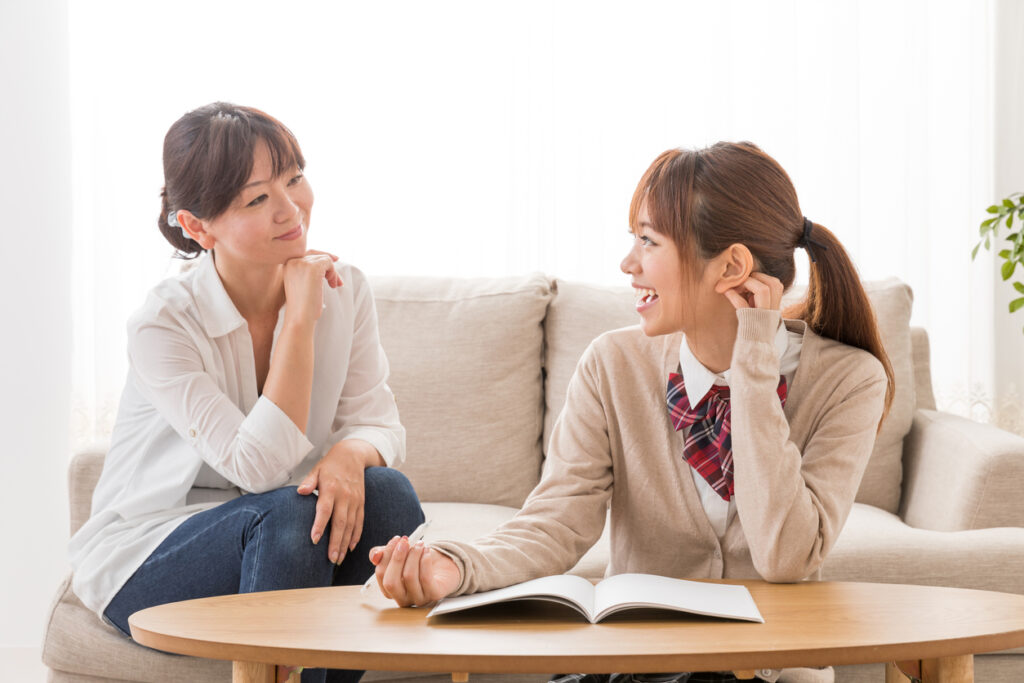 © Photo by iStock: itakayuki
© Photo by iStock: itakayukiStarting in October 2024, the Japanese government will change its current child allowance system, which provides monthly financial support until the last day of a child’s 15th year. Under the new system, the time frame will be expanded to 18 years old. This is the age at which the majority of Japanese teenagers complete high school. Also, the income ceiling for eligible households will be eliminated. The allowance for third and subsequent children will be doubled to ¥30,000.
Increase The Number Of Men Who Take Parental Leave
 © Photo by iStock: visualspace
© Photo by iStock: visualspaceJapan has one of the most generous paternity leave plans in the world with men. It allows up to a year of leave at 67% pay for the first six months and 50% for the final half-year. However, a relatively small proportion of men take advantage of it. In 2022, only 17% of eligible men took parental leave. The two most cited reasons for low participation are the dip in income and a work culture that looks down on men taking time off for childcare. The government hopes to pressure businesses to raise the percentage of men taking leave to 50% by 2025 and 80% by 2030.
Provide Financial Incentives If Both Parents Take Leave
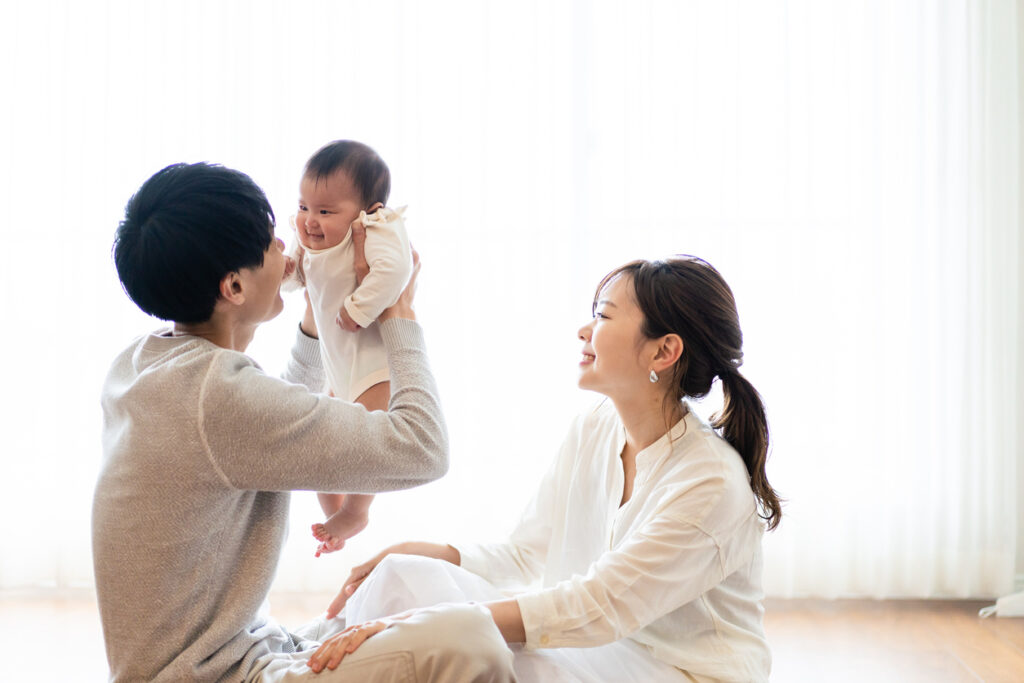 © Photo by iStock: maroke
© Photo by iStock: marokeIn order to boost the number of men taking leave, the government is aiming to provide financial incentives for both parents to take paid parental leave. Beginning in 2025, the percentage of take-home pay will increase from 80% to 100%. However, only if the mother and father take time off. Also, this payout would only be 100% if leave is taken for 14-28 days.
Fully Reimburse The Cost Of Childbirth
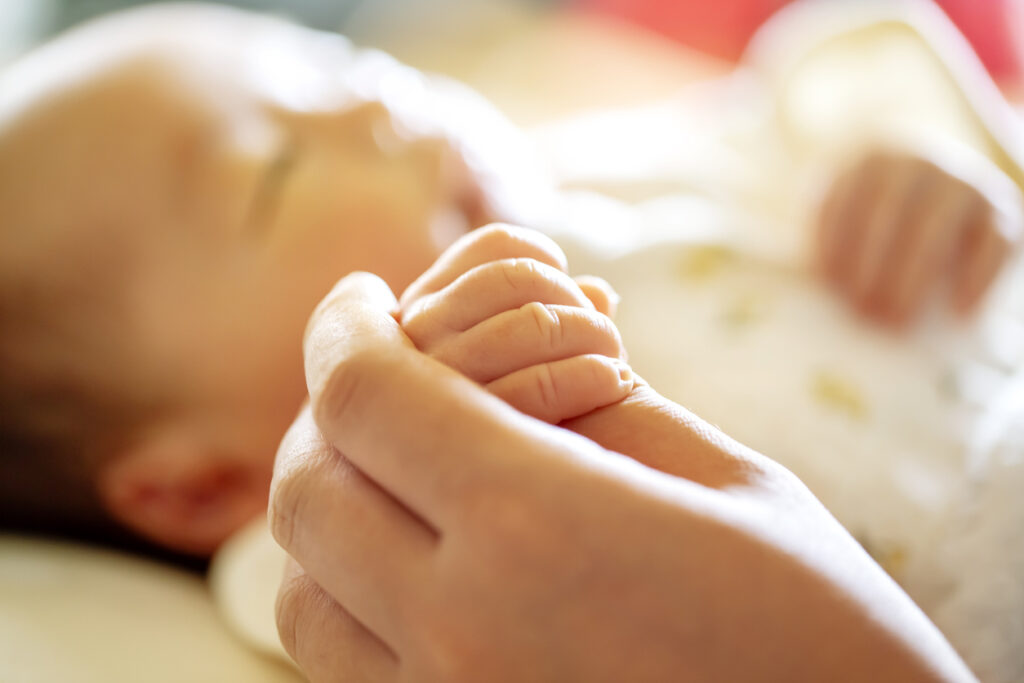 © Photo by iStock: minianne
© Photo by iStock: minianneAlthough the Japanese government reimburses the cost of giving childbirth up to ¥500,000, there are still several prefectures where the average exceeds this amount. In an effort to encourage couples to have more children, the government is considering fully covering the costs of childbirth beginning in fiscal year 2026. A panel of experts is expected to convene to discuss what would be covered under such a plan, such as c-sections and pain medications.
Have you been able to take advantage of any of these or other government benefits for your children in Japan? We’d love to hear about your experiences in the comments!














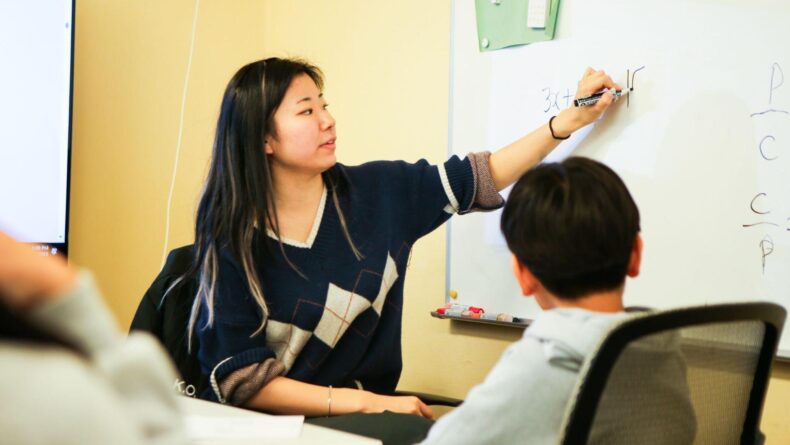

Leave a Reply